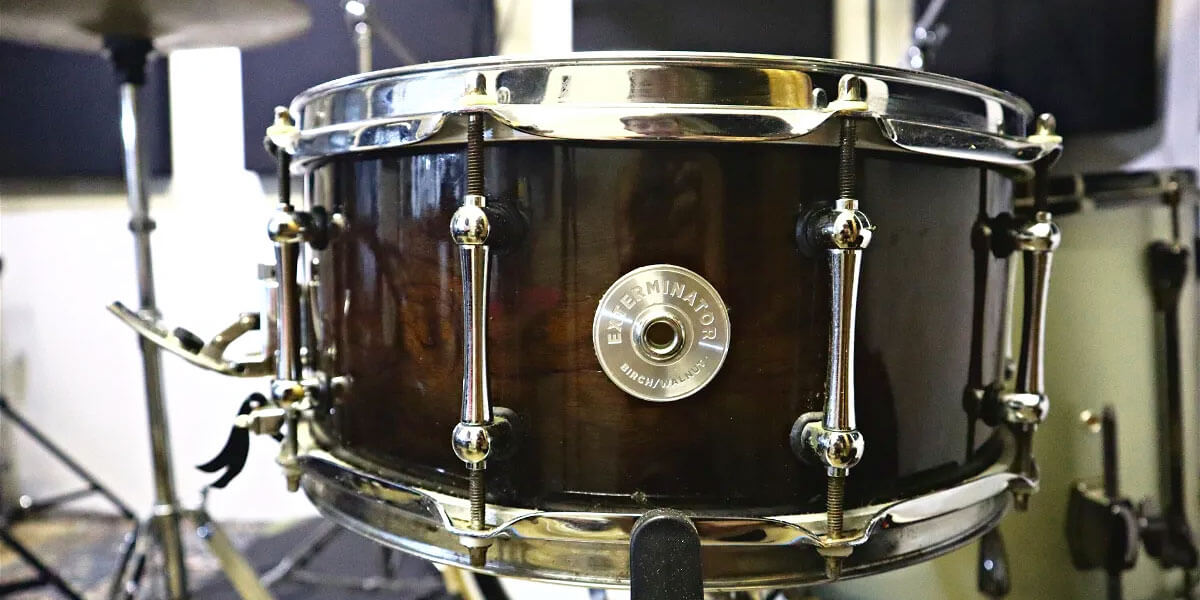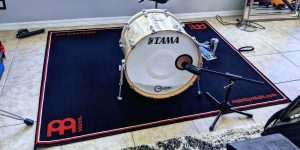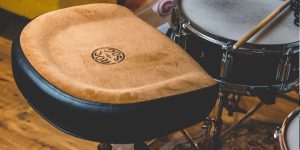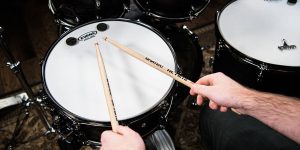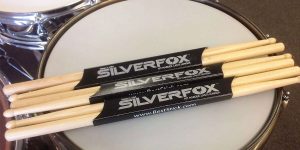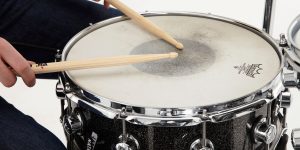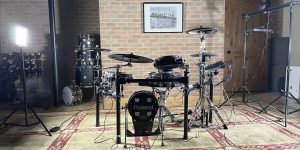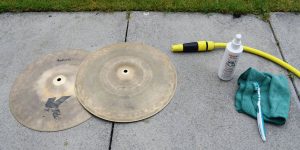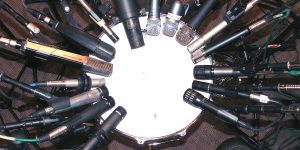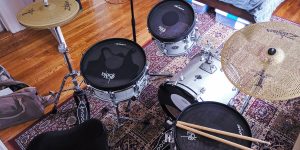The snare drum is an essential component of any drum kit, serving as the central piece of percussion instruments. Understanding the various parts of the snare drum is important for drummers and enthusiasts alike. From the drum head to the snare wires, each element plays a vital role in producing the distinct sound and character of this versatile instrument. In this article, I will explore the anatomy of the snare drum, shedding light on its different components and their significance in creating the desired rhythmic patterns and tones.
Anatomy of the snare drum
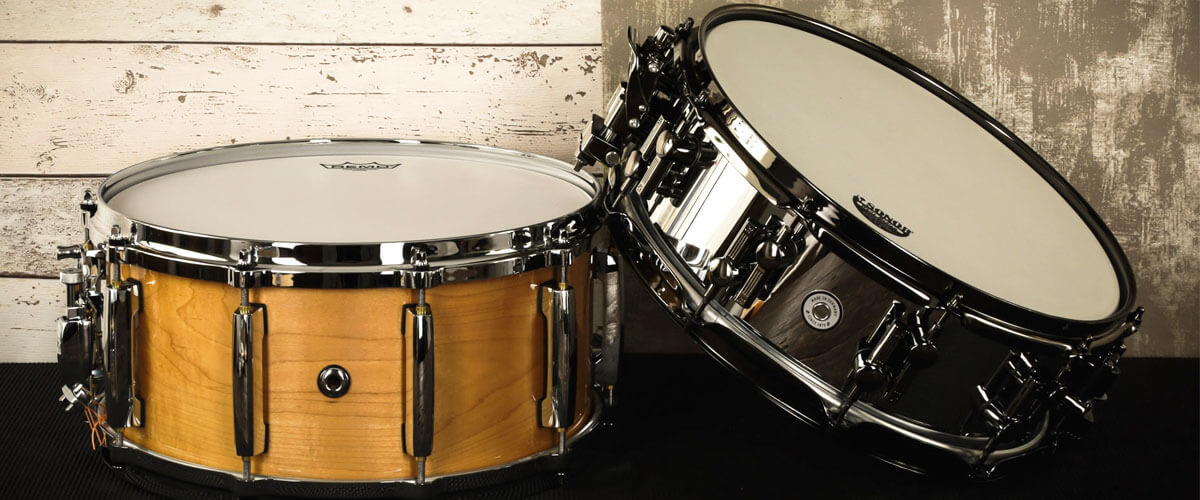
Based on my experience, I will share with you the anatomy of the snare drum and delve into the fascinating world of this versatile percussion instrument:
Drum shell
The drum shell is the core component among all snare drum parts, playing a vital role in determining its sound and overall performance. Let’s delve into the various aspects of the drum shell and its significance in creating the desired musical experience.
Firstly, the drum shell can be constructed using different materials, such as wood, metal, or composite materials. Each material offers distinct tonal characteristics, influencing the drum’s sound projection, resonance, and sustain. For example, a wooden shell tends to produce warm and rich tones, while a metal shell offers brighter and more cutting sounds.
When selecting a drum shell, practical considerations come into play. Factors such as musical genre, playing style, venue size, and personal preferences should be taken into account.
Drumheads
Drumheads are the surfaces that are struck to produce sound in a snare drum. They play an important role in defining the overall tone, feel, and response of the snare instrument. The drumheads, an integral part of the snare drum anatomy, can be made from various materials, offering different tonal qualities and response characteristics.
When selecting drumheads, factors such as musical genre and playing style should be considered. For example, jazz drummers often prefer thinner, coated drumheads for their warm and articulate sound, while rock drummers may opt for thicker, clear drumheads for their durability and powerful projection.
Snare wires
Snare wires are a fundamental component of the snare drum, responsible for producing the distinctive rattling or buzzing sound that characterizes the instrument. Snare wires consist of multiple parallel metal wires or cables that stretch across the bottom head of the snare drum.
Snare wires are typically made from steel, brass, or bronze materials. Each material offers unique tonal qualities and response characteristics. Steel wires provide a bright and focused sound, brass wires deliver a warmer and fuller tone, while bronze wires offer a blend of warmth and sensitivity.
Drum lugs and tension rods
Drum lugs and tension rods are essential components that secure the drumheads to the drum shell, allowing drummers to adjust the tension and tune the snare drum. Drum lugs are the hardware pieces attached to the drum shell, usually positioned around its circumference.
Tension rods are threaded metal rods that pass through the lugs and connect to the hoop of the drumhead. By tightening or loosening the tension rods, drummers can adjust the drumhead’s tension and overall pitch. Different types of tension rods, such as standard rods, die-cast rods, or double-ended rods, offer varying degrees of strength, durability, and ease of tuning.
Hoops
Hoops are an integral part of the snare drum, serving as the circular metal rings that hold the drumheads in place. Hoops come in different types, such as triple-flanged hoops, die-cast hoops, or wood hoops. Each type offers distinct characteristics in terms of sound, rimshot response, and durability.
Choosing the right hoops for the snare drum involves considering factors like musical genre, playing style, and personal preferences. The hoop selection plays a significant role in shaping the snare drum’s character, response, and overall performance.
Throw-off mechanism and snare strainer
The throw-off mechanism and snare strainer are essential components that control the engagement and disengagement of the snare wires on a snare drum. The throw-off mechanism is a lever or switch typically located on the side of the snare drum. It allows drummers to engage or disengage the snare wires quickly. When engaged, the snare wires come in contact with the drumhead, producing the characteristic buzzing sound. When disengaged, the snare wires are released, resulting in a dry, non-buzzing sound.
Snare drum maintenance and care
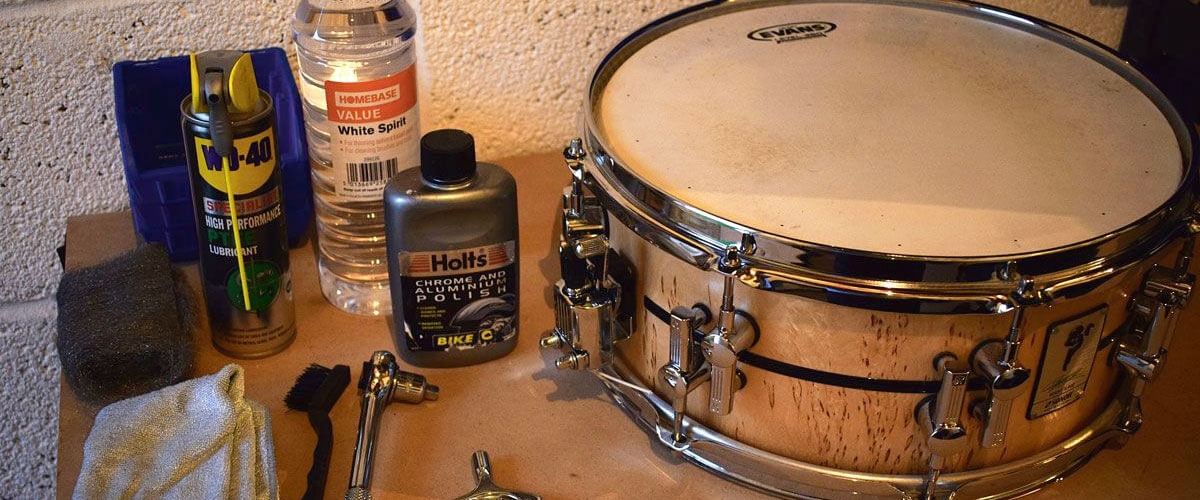
Proper maintenance and care are essential to ensure the longevity, performance, and optimal sound of a snare drum. Following regular maintenance procedures, drummers can keep their snare drums in top condition and preserve sound quality. Here are some important aspects to consider when it comes to caring for a snare drum:
- Cleaning the drum shell is important to remove dirt, grime, and residue. Regular cleaning helps maintain the appearance and protects the drum shell.
- Polishing metal components, such as lugs, tension rods, and hoops, helps restore their shine and prevents corrosion. Drummers should use suitable metal polishes and avoid abrasive materials to protect the metal surfaces.
- Drumhead replacement is significant when signs of wear, such as dents, cracks, or a loss of responsiveness, become apparent. Knowing when to replace the drumhead is essential for maintaining optimal sound quality and performance.
- Snare wire maintenance involves regularly inspecting and cleaning the snare wires to ensure they are in good condition and free from debris or damage. This helps maintain the sensitivity and response of the snare drum.
- Regular tuning and inspection of the snare drum are vital. Drummers should tune the drum regularly to achieve the desired pitch and responsiveness.
By incorporating these maintenance and care practices, you can ensure your snare drums remain in excellent condition and deliver the best possible sound.

